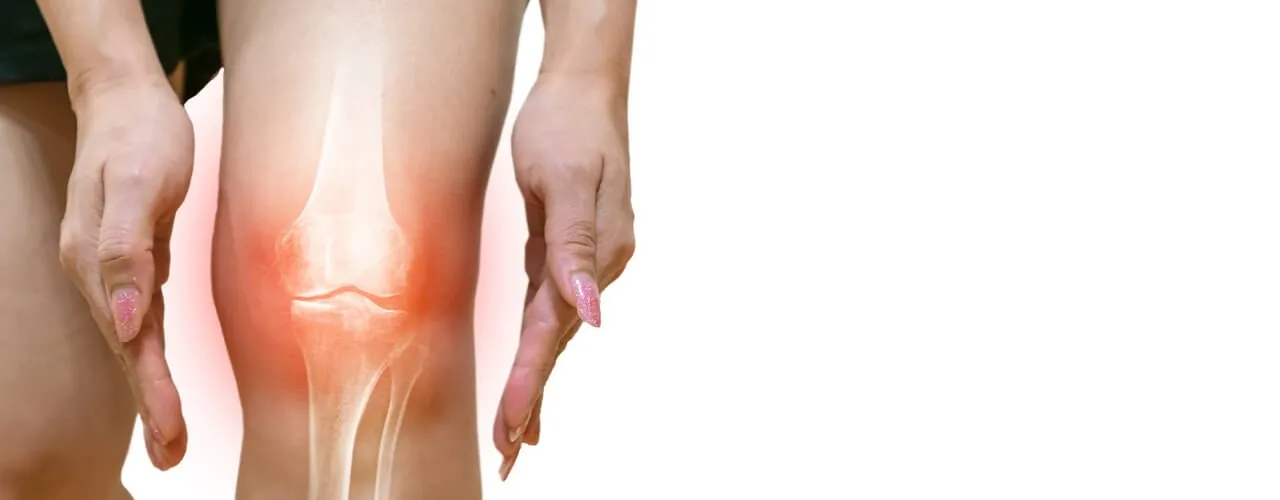Osteoarthritis is the most common form of arthritis. Some people call it degenerative joint disease or “wear and tear†arthritis. It occurs most frequently in the hands, hips, and knees.
With OA, the cartilage within a joint begins to break down and the underlying bone begins to change. These changes usually develop slowly and get worse over time. OA can cause pain, stiffness, and swelling. In some cases it also causes reduced function and disability; some people are no longer able to do daily tasks or work.
What are the signs and symptoms of OA?
- Pain or aching
- Stiffness
- Decreased range of motion (or flexibility)
- Swelling
What causes OA?
- OA is caused by damage or breakdown of joint cartilage between bones.
What are the risk factors for OA?
- Joint injury or overuse—Injury or overuse, such as knee bending and repetitive stress on a joint, can damage a joint and increase the risk of OA in that joint.
- Age—The risk of developing OA increases with age.
- Gender—Women are more likely to develop OA than men, especially after age 50.
- Obesity—Extra weight puts more stress on joints, particularly weight-bearing joints like the hips and knees. This stress increases the risk of OA in that joint. Obesity may also have metabolic effects that increase the risk of OA.
- Genetics—People who have family members with OA are more likely to develop OA. People who have hand OA are more likely to develop knee OA.
- Race— Some Asian populations have lower risk for OA.
How is OA diagnosed?
- A doctor diagnoses OA through a review of symptoms, physical examination, X-rays, and lab tests.
- A rheumatologist, a doctor who specializes in arthritis and other related conditions, can help if there are any questions about the diagnosis.
How is OA treated?
There is no cure for OA, so doctors usually treat OA symptoms with a combination of therapies, which may include the following:
- Increasing physical activity
- Physical therapy with muscle strengthening exercises
- Weight loss
- Medications, including over-the-counter pain relievers and prescription drugs
- Supportive devices such as crutches or canes
- Surgery (if other treatment options have not been effective)
In addition to these treatments, people can gain confidence in managing their OA with self-management strategies. These strategies help reduce pain and disability so people with osteoarthritis can pursue the activities that are important to them. These five simple and effective arthritis management strategies can help
What are some interesting facts about arthritis?
Arthritis is the leading cause of disability in the United States (roughly 19 million adults report some complications for arthritis)
- There is no cure for arthritis.
- One of the best ways to manage arthritis is through early detection
- Arthritis affects more than just a person’s knees, hips, and hands
How does remedial massage help with?
- Massage can help ease arthritis symptoms by improving blood flow and loosening the muscles around joints. People may experience reduced pain, improved mood, and an increased range of motion. There are many types of massage, and a person should try several to find one that eases their symptoms






